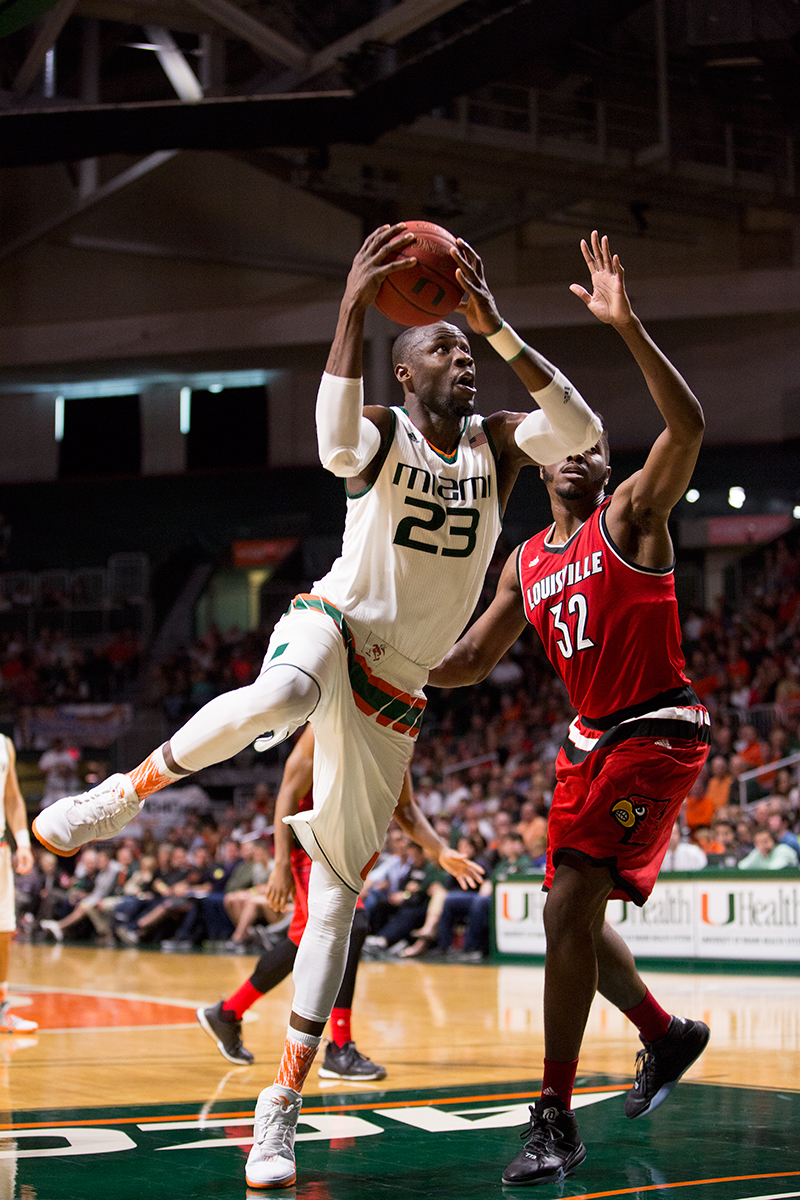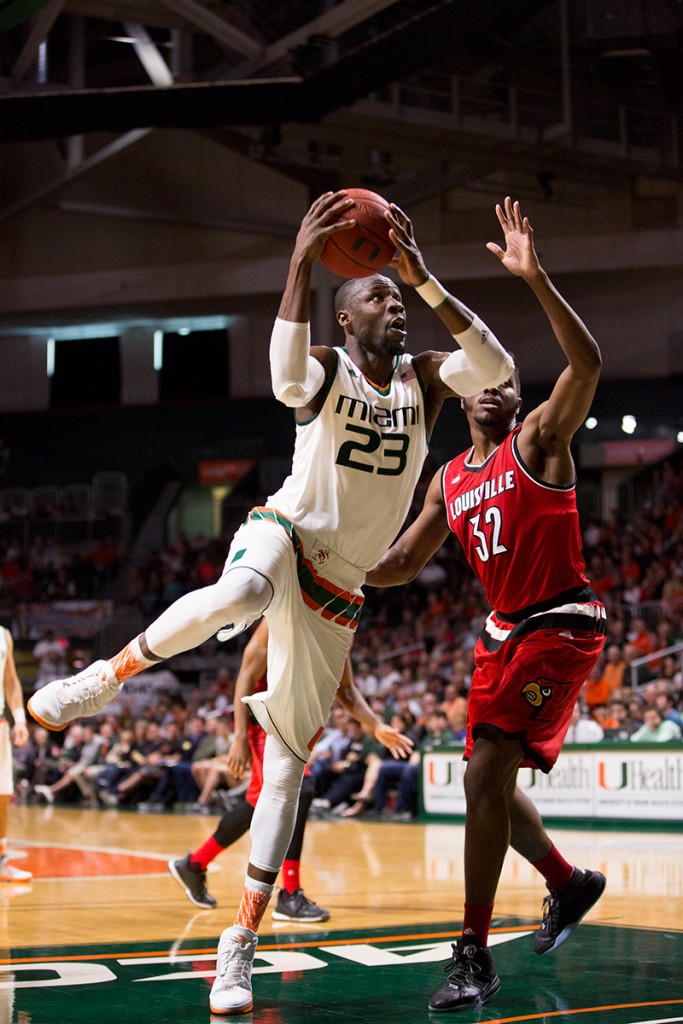

As the Hurricanes enter the “Big Dance” as a No. 3 seed with Final Four aspirations, it’s hard not to think back three years to the program’s most successful team to date. Head Coach Jim Larrañaga’s 2013 squad won both the regular-season ACC title and the ACC Tournament championship before being knocked out of the NCAA Tournament in the Sweet 16 as a No. 2 seed by Marquette. Can we expect to see the same type of success plus more in the coming weeks? It’s certainly a great possibility as the current Canes’ team mirrors the 2013 squad in many ways.
One attention-grabbing stat during the 2013 team’s run through the ACC was the average age of its players. The starting five plus the first two players off the bench were an average of 22.3 years old, including a few fifth-year transfers. Similarly, there is only one underclassman in the top seven on this year’s team and the backcourt is led by two fifth-year transfer guards in Sheldon McClellan and Angel Rodriguez. In an era of one-and-done players, the 2013 team’s experience proved to be a valuable asset once the postseason arrived, and the Canes hold a similar advantage in that area this season.
The composition of the two rosters is also very similar. In 2013, Miami fielded a backcourt consisting of 5-foot-11 point guard Shane Larkin alongside two 6-foot-5 wings in Durand Scott and Trey McKinney-Jones. Larkin made up for what he lacked in size with his ability to penetrate the defense and create for others off the dribble. Scott and McKinney-Jones were primarily spot-up shooters and lockdown defenders. A similar pattern has emerged this year, as the undersized Rodriguez has focused less on scoring and more on getting open shots for his teammates. Both McClellan and junior Davon Reed are bigger guards that have become deadly outside shooters and can lock up most anyone on the defensive end of the floor.
Finally, the records of both of the teams are almost exactly the same. Three years ago, the team finished the regular season with an overall record of 24-6 and a conference record of 15-3. That team suffered a couple of unexpected losses at the beginning of the season and then rolled through the ACC schedule, notching many quality wins along the way. This year’s group finished the regular season 25-6 overall and 13-5 in conference play. They had a couple of puzzling losses earlier in the season to Northeastern and Clemson but have recovered nicely by knocking off numerous highly ranked foes, both in and out of conference play.
All the ingredients are in place for a deep NCAA Tournament run to cap off this season. However, the Canes certainly have their work cut out for them. They find themselves placed in the South region with the No. 1 overall seed Kansas and second-seeded Villanova, which many considered to be a one-seed heading into Selection Sunday. It won’t be easy, but the Canes have shown that they can rise to the occasion against top competition all throughout this year, and that’s exactly what they will need to do on their road to the Final Four.






